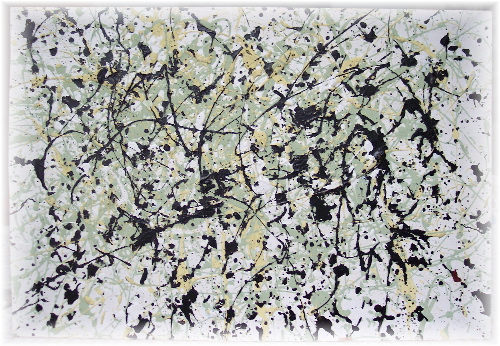American composer Tom Myron was born November 15, 1959 in Troy, NY. His compositions have been commissioned and performed by the Kennedy Center, the United States Holocaust Memorial Museum, the Portland Symphony Orchestra, the Eclipse Chamber Orchestra, the Atlantic Classical Orchestra, the Eastern Connecticut Symphony Orchestra, the Topeka Symphony, the Yale Symphony Orchestra, the Civic Orchestra of Chicago, the Bangor Symphony and the Lamont Symphony at Denver University.
He works regularly as an arranger for the New York Pops at Carnegie Hall, writing for singers Rosanne Cash, Kelli O'Hara, Maxi Priest & Phil Stacey, the Young People's Chorus of New York City, the band Le Vent du Nord & others. His film scores include Wilderness & Spirit; A Mountain Called Katahdin and the upcoming Henry David Thoreau; Surveyor of the Soul, both from Films by Huey.
Individual soloists and chamber ensembles that regularly perform Myron's work include violinists Peter Sheppard-Skaerved, Elisabeth Adkins & Kara Eubanks, violist Tsuna Sakamoto, cellist David Darling, the Portland String Quartet, the DaPonte String Quartet and the Potomac String Quartet.
Tom Myron's Violin Concerto No. 2 has been featured twice on Performance Today. Tom Myron lives in Northampton, MA. His works are published by MMB Music Inc.
FREE DOWNLOADS of music by TOM MYRON
Symphony No. 2
Violin Concerto No. 2
Viola Concerto
The Soldier's Return (String Quartet No. 2)
Katahdin (Greatest Mountain)
Contact featuring David Darling
Mille Cherubini in Coro featuring Lee Velta
This Day featuring Andy Voelker
|
|
|
|
| 
Saturday, June 18, 2005
"Hey, My Kid Could Do That!"

What does it say about a body of work that even the preeminent experts in the field cannot unanimously vouch for the authenticity of what are purported to be recently discovered examples?
I wonder if in his "drip" paintings Jackson Pollock, by removing the direct, physical connection between hand and canvas, didn't hit on something which is much closer in its range of possibility (if not its range of expression) to photography than to painting. After all, it's not unheard of for a neophyte photographer (or even someone who just happened to have a camera on them at the right moment) to nail a truly remarkable image, while no one is going to accidentally paint something exactly (or even nearly) in the style of Frederic Church or Ingres the first time they're given some brushes and canvas.
If the hallmark of a master (or at least a pro) in any creative medium is the ability, over a lifetime, to consistently produce work on a very high level then Pollock's achievement may fit the bill. But the intriguing thing for me is how the end result of any attempt to make unadulterated chance the manifesting force of a creative endeavor always winds up being proof that chance fends for itself so marvelously that it requires no champions.
posted by Tom Myron
|
| |



